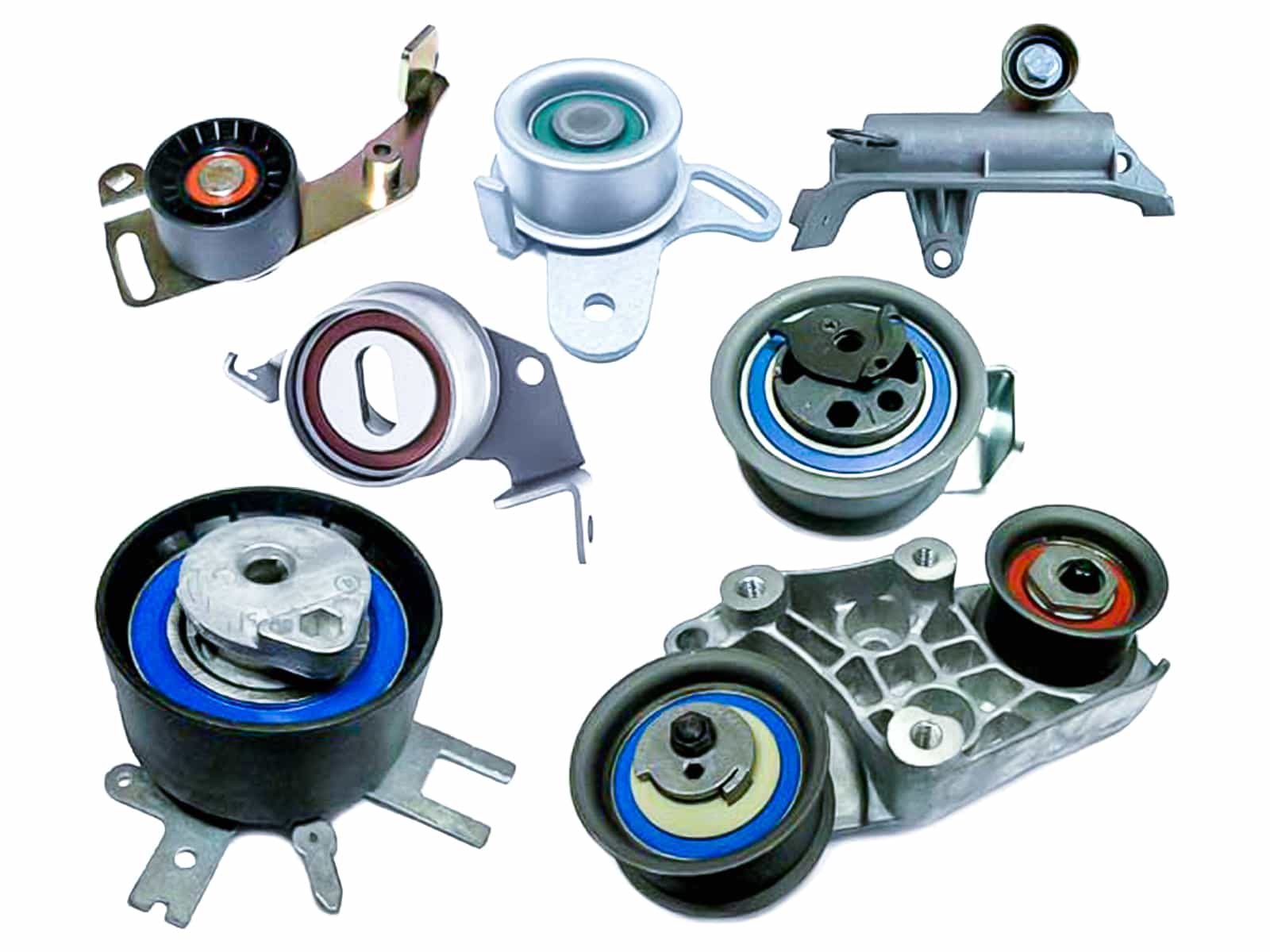

Masterparts stocks a wide range of timing belt tensioners and idler wheels.
A belt tensioner is required to ensure that the timing belt is operating at optimum tension at all times.
About our Timing Belt Tensioners and Idler Wheels
This rotating pulley prevents the belt from becoming slack and operating inefficiently or incorrectly.
The tensioner may have to be adjusted manually during fitting though many, known as automatic tensioners, have springs which automatically adjust the tension.
From European to Asian applications, our range of HBC, FEBI and ENGI tensioners and idler wheels covers thousands of applications to cater for your needs.







